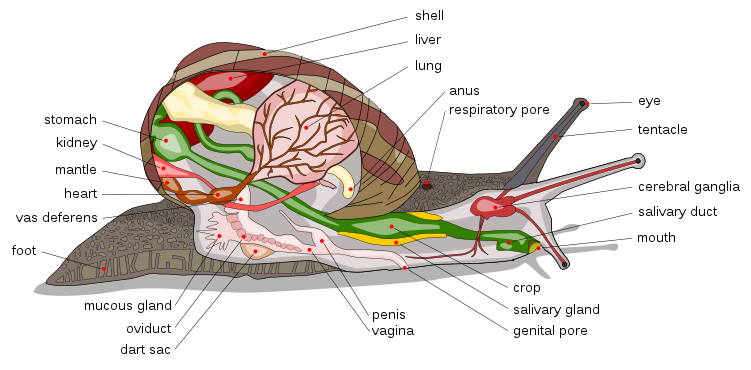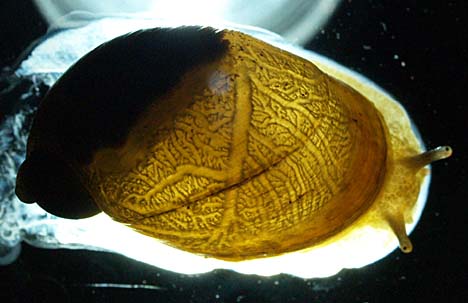The Indian and the Ice: When to Believe Something
Imagine a woman living in India in the 18th or 19th century[1]. Her cousin, the sailor, has just returned from a trading voyage and, after being suitably plied with food and attention, tells his audience about distant lands where it is so cold that water becomes as hard as wood; you can break off a piece of water and hold it in two fingers.
The woman doesn’t believe him. His story seems utterly fantastical. In her experience, water is never hard. It’s always liquid or gas. As much as she wants to trust her beloved cousin, he’s also a sailor, just like the ones who have passed through town in the past, talking about mermaids and six-headed serpents.
Clearly, the Indian woman is wrong: there is such a thing as ice. But I’d argue that she’s wrong for the right reason: being too skeptical, rather than too gullible. And this is one of those cases where reality turns out to be weirder than she could imagine.
Forming an accurate understanding of the world is a balancing act: I don’t want to admit too many untrue ideas, but I don’t want to just disbelieve everything, because I also want to admit true ideas. And I also don’t want to spend my life on the fence about everything. So I use rules of thumb, which don’t always work. And so sometimes, I’m wrong.
Like other atheists and skeptics, I’ve been accused of being closed-minded. The analogy of the Indian woman and the ice is just the sort of thing a critic could point to. More things in heaven and earth than are dreamt of in your philosophy and all that.
But for every such nugget of implausible truth, there are several metric tons of bullshit. The Indian sailor’s story of hard water sounds, to the woman, just like other stories about six-headed monsters, centaurs, mermaids, and floating mountains. And so she’s right to reject it, at least until such time as good evidence comes along.
The cost of believing too much is measured in money and in human lives. Tim Farley keeps a running tally at What’s the Harm?. The cost of believing too little seems, to me, much lower. So it’s a chance I’m willing to take.

